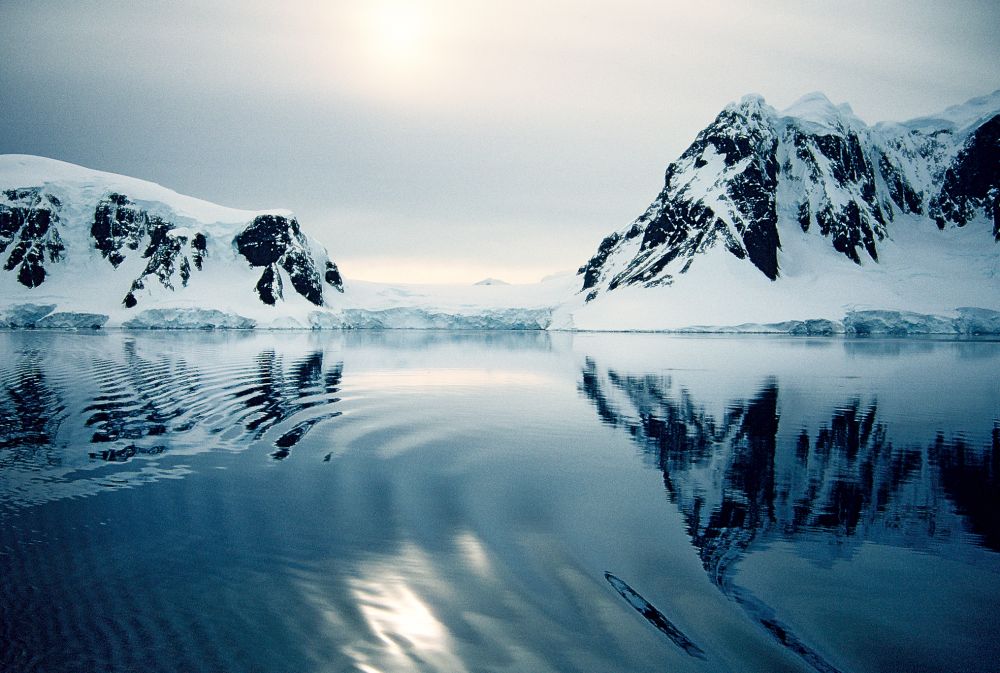The Polar Regions have captured the curiosity – and dreams – of researchers and non-researchers alike for centuries due to their extreme conditions and the ideals of wilderness and remoteness they inspire. Yet at the present moment they belong in the common imagination of our societies due to their fast rates of climatic, environmental, and social change, which have re-positioned the poles from a peripheral frontier to key global actors.
The risks of such changes to the local and regional ecosystems and societies, their potential feedback effects of global consequences (e.g. further warming, sea live rise, changes in climate patterns), the opportunities for new trade routes, natural resource extraction (e.g. gas, oil, rare materials), or touristic activities, and the place of environmentally pristine polarscapes in the mindset of western societies present an explosive cocktail of ingredients making the Polar Regions one of the global challenges of the 21st century.
The University of Oxford is home to dozens of researchers focused on the Polar Regions. Yet this extensive expertise, which encompasses many research fields – humanities, social, and natural sciences – has remained largely diluted within the departments, divisions, schools, institutes, and research groups that together make up the University of Oxford. The history of the University’s polar engagement is long, encompassing the Merton College Arctic expedition to Svalbard in 1923 led by Sir George Binney (Binney 1925), or the University of Oxford expedition of 1935/6 (Glenn 1937), of which pictures can be seen here.
The Oxford University Polar Forum (OUPF) has been created as a hub of Oxford Polar academics and aims at becoming a place for discussion and highlight of Polar research from Oxford. Its newly created website should serve to boost this purpose, containing information on publications, events, and thoughts of our Polar researchers. Please take some time to peruse the information contained in it!
References
Binney FG 1925, The Geographical Journal 66(1): 9-40, DOI: 10.2307/1783240
Glenn AR 1937, The Geographical Journal 90(3): 193-22, DOI: 10.2307/1787611

